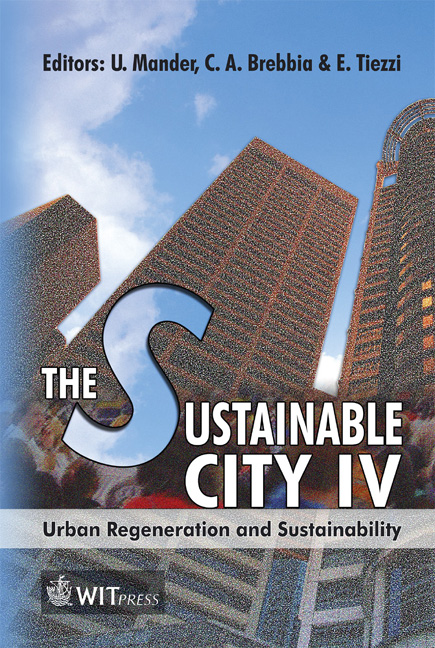Towards An Integral Accessible Public Area In The City
Price
Free (open access)
Transaction
Volume
93
Pages
9
Published
2006
Size
4473 kb
Paper DOI
10.2495/SC060771
Copyright
WIT Press
Author(s)
E. De Winne
Abstract
It must be possible for everybody to participate in mobility. One condition is that accessibility must be easy enough not only for vehicles but also for children, pedestrians, cyclists, disabled people, blind people or persons with a restricted visibility, and people moving in wheelchairs. Road managers must pay attention to all the movable restrictions. To be able to assure an integral and safe accessible public area, many measures are necessary, e.g. comfortable pedestrian paths without obstacles, safe crossing points for pedestrians and cyclists, accessible public transport facilities, etc. A practical guide for those who are interested in safety and comfort in all (restricted) road users is necessary to guarantee a better quality of life. This paper describes: - why integral accessibility is an essential condition for mobility management and how to assure reachability for everyone; - how to elaborate design criteria for an integral accessible public area, related to traffic safety, a freely movable area, a flat and rough surface, with not too many differences in levels, orientations and other measures for blind people or people with restricted visibility, information and service initiatives and measures; - patterns of pedestrians, links between pedestrians and car drivers or car passengers, links between pedestrians and public transport users, etc; - conclusions: suggestions for road design, management and maintenance illustrated by some practical and realized cases. Keywords: public area, traffic safety, reach ability, integral accessibility, public transport.
Keywords
public area, traffic safety, reach ability, integral accessibility, publictransport.





